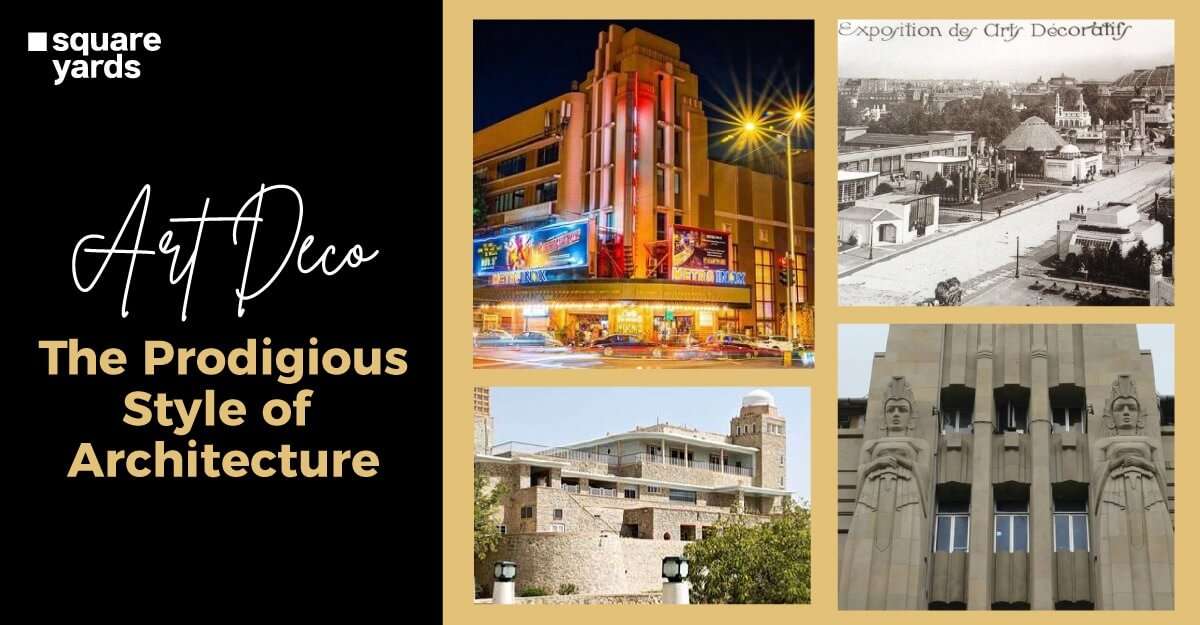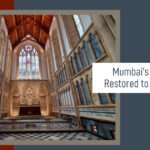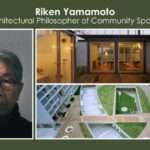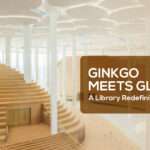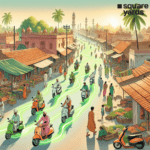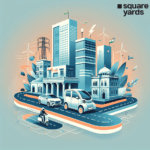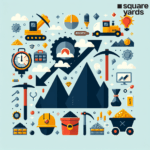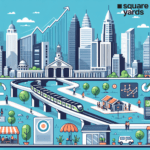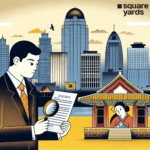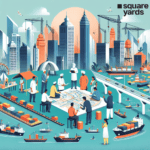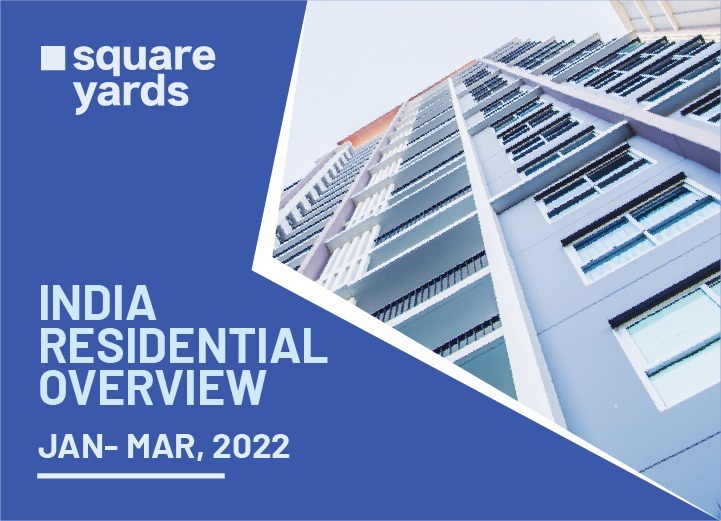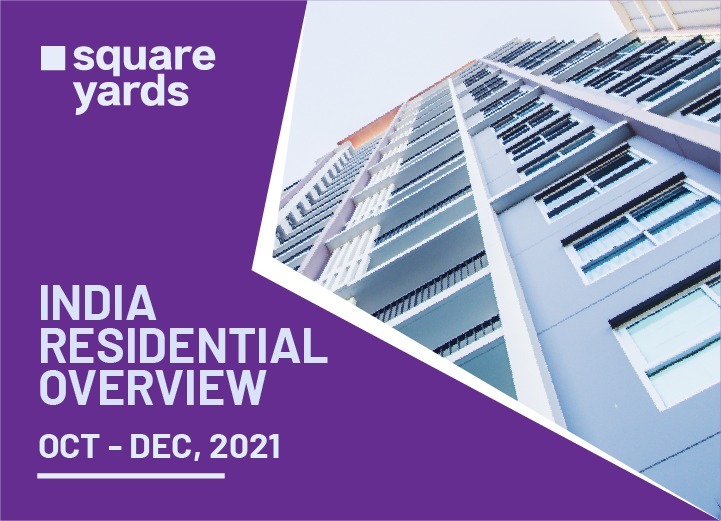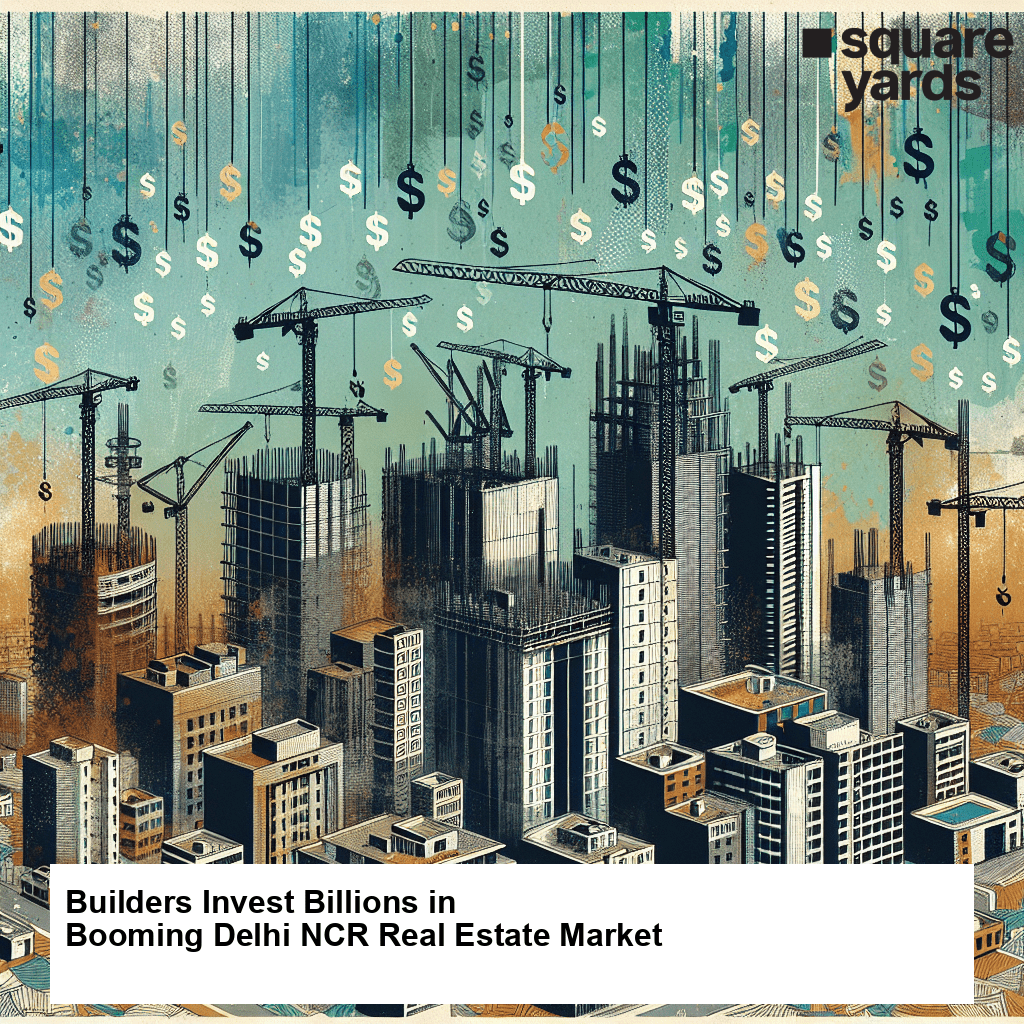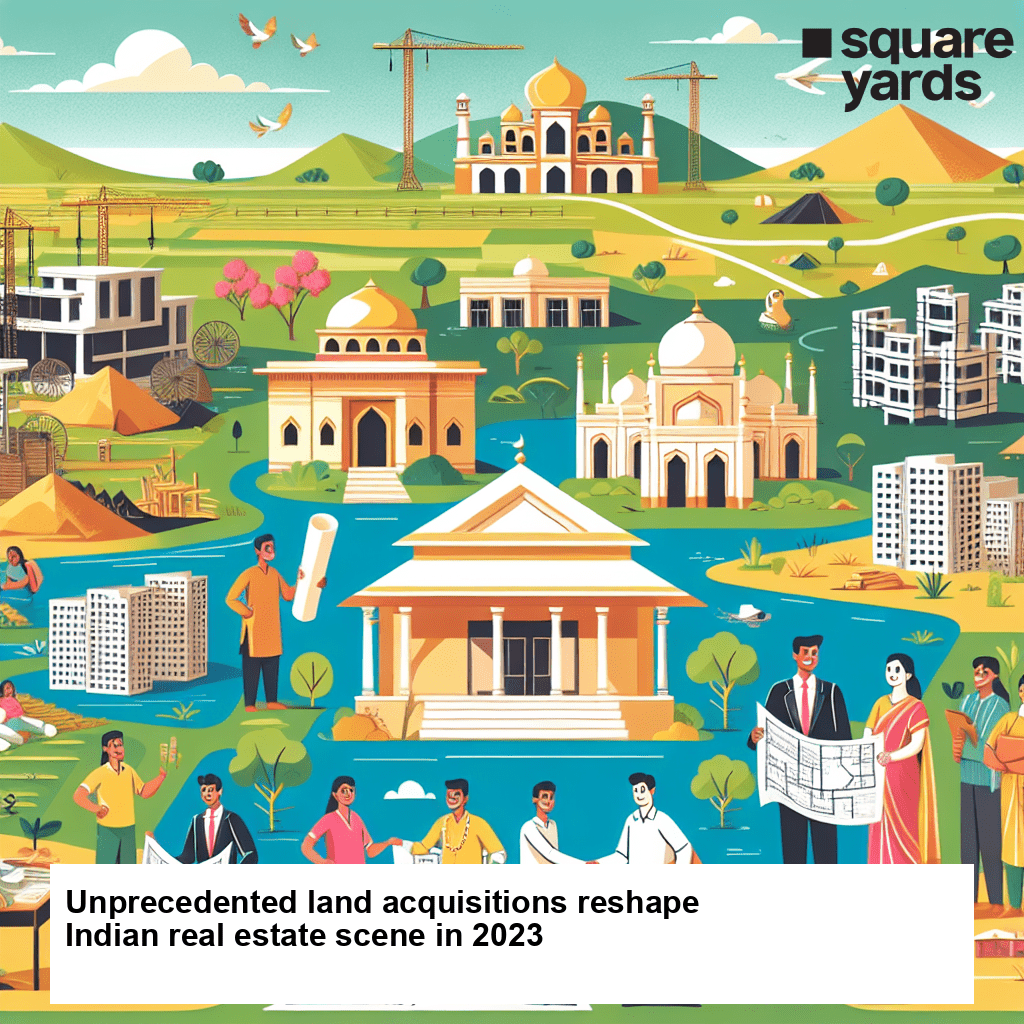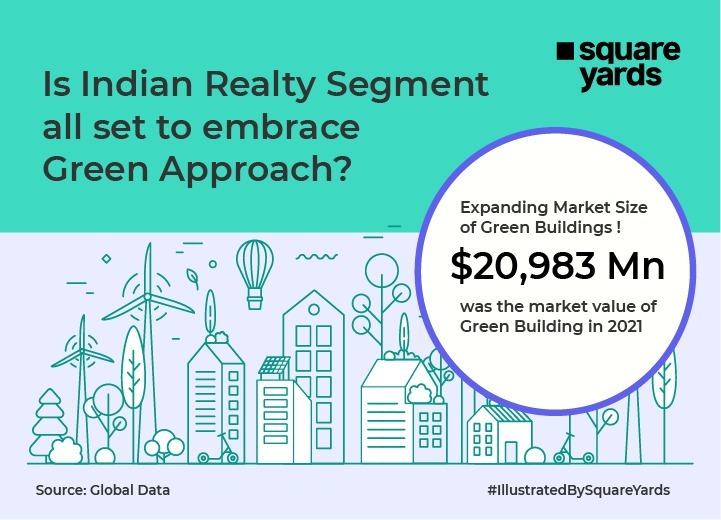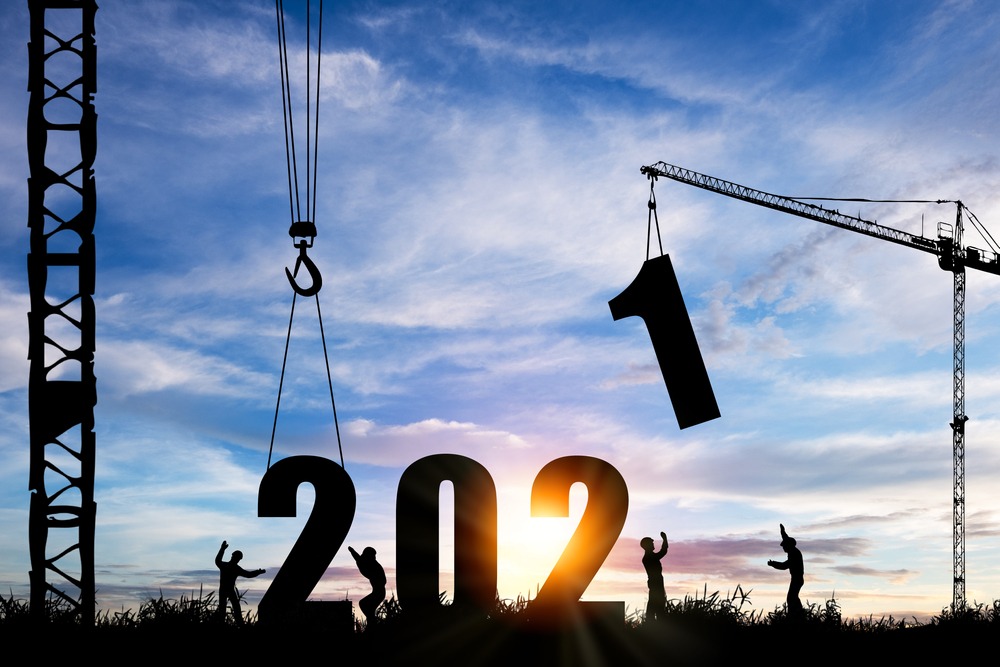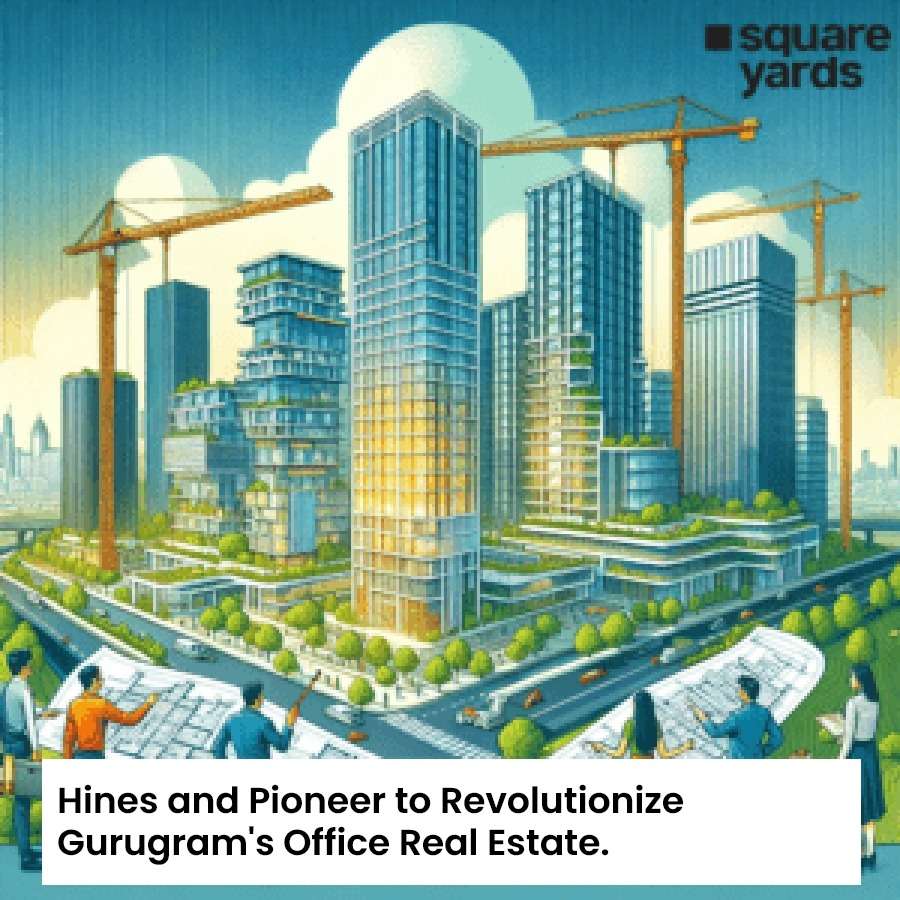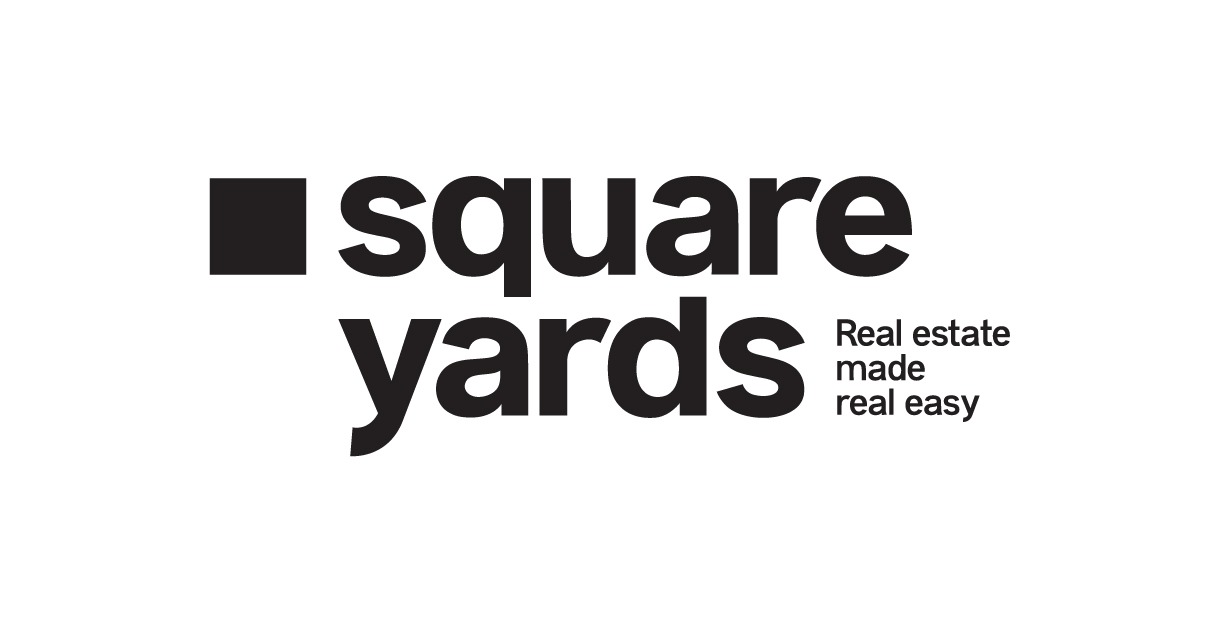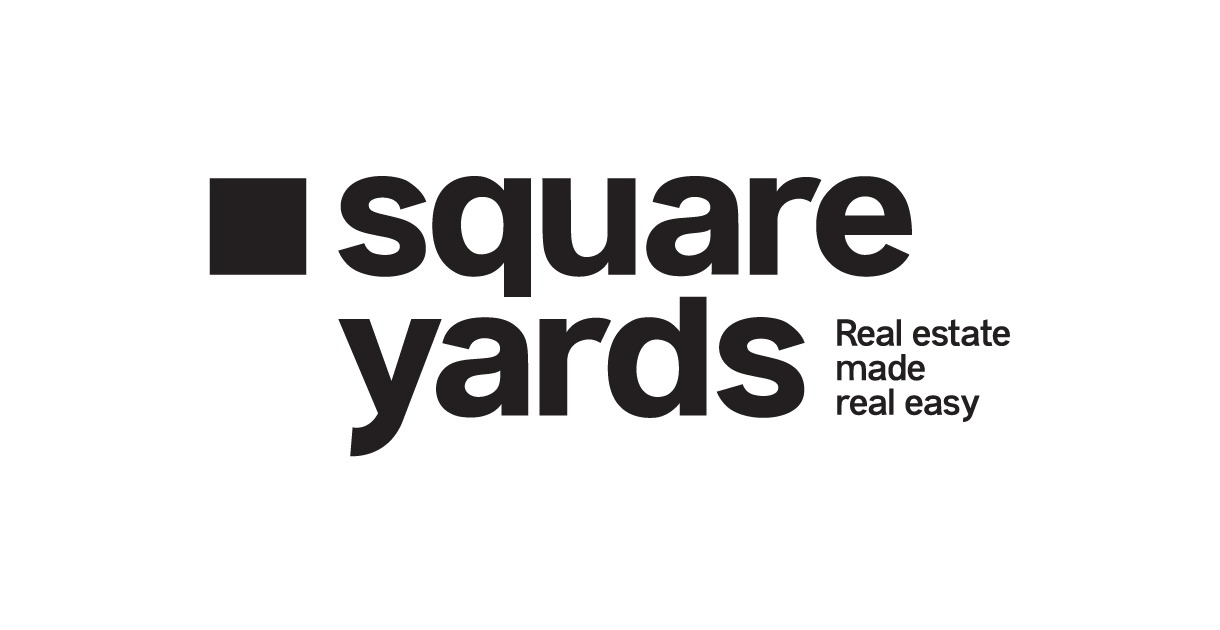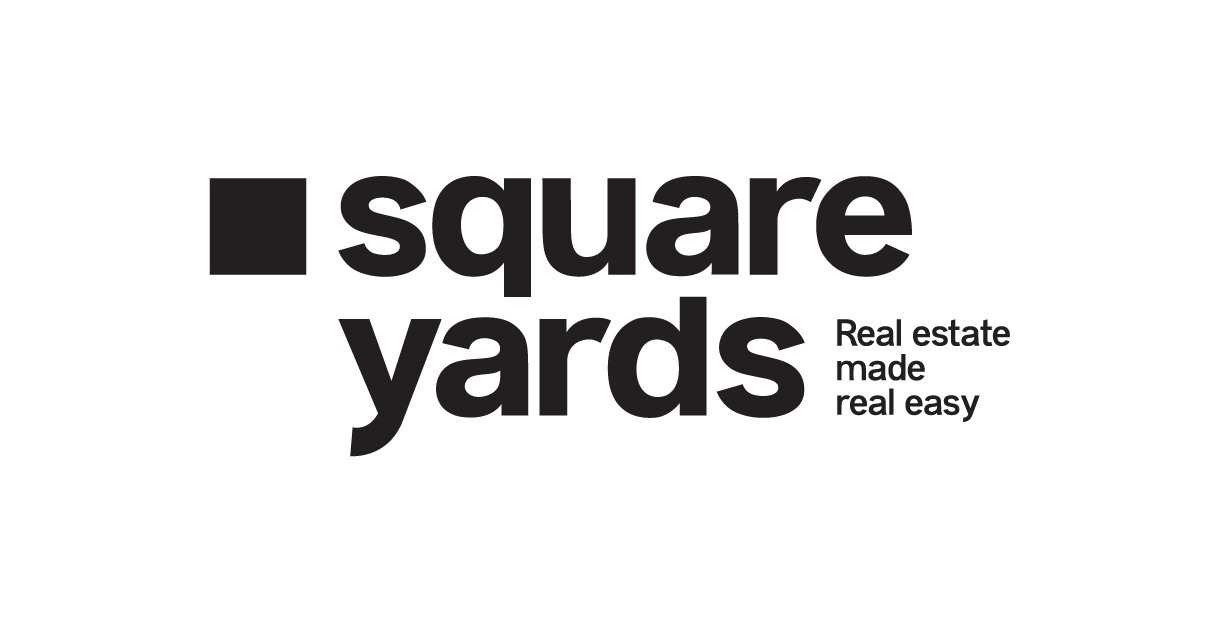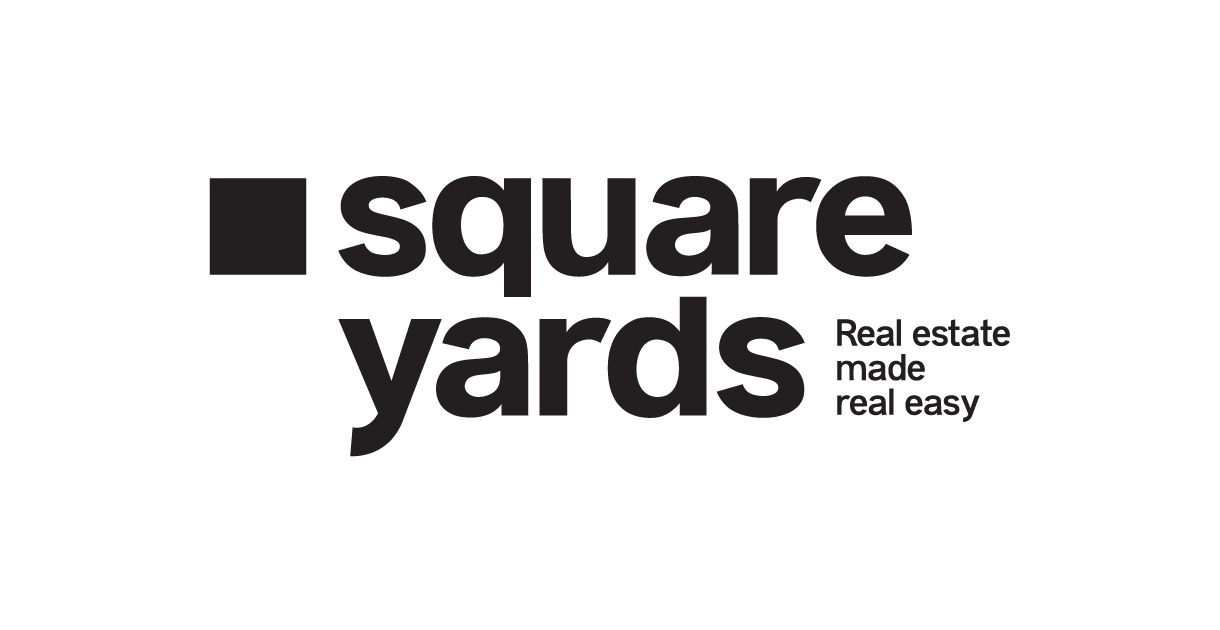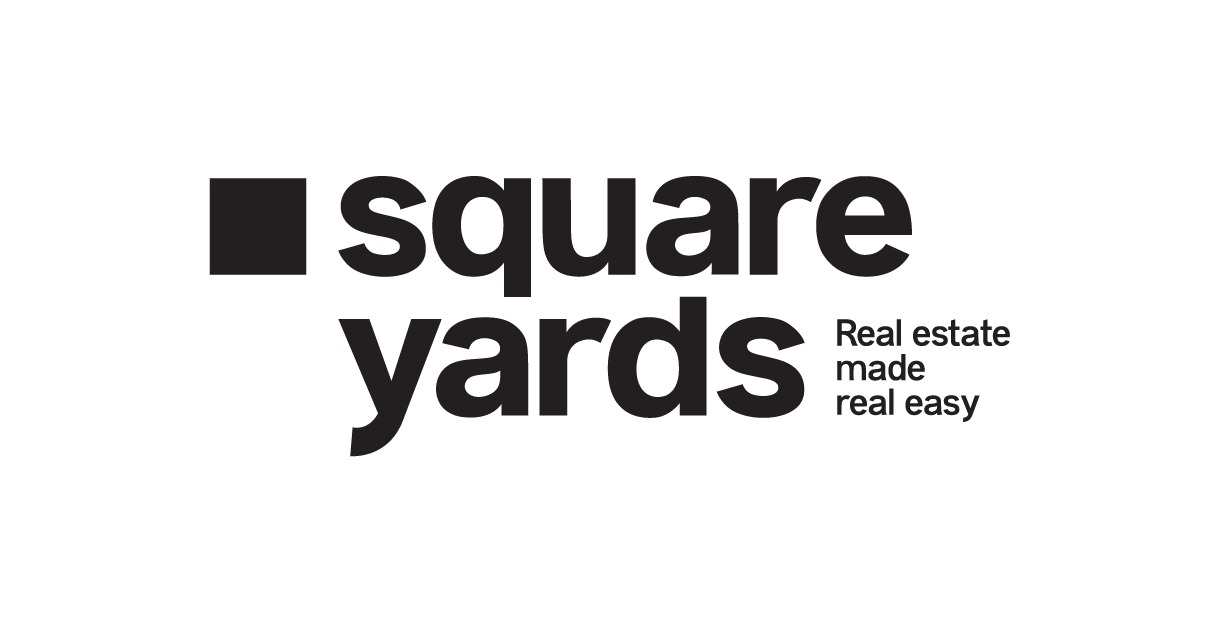Have you ever wondered why are some structures attuned with geometric ornamentation? How does symmetry add dimension to some buildings?
This happens when architecture crosses paths with Art Deco. With its roots affixed in 20th-century France, Art Deco took around 10 to 15 years to mature. From the early 1900s to the ultramodern era, the evolution of Art Deco traces the time when Bombay wasn’t Mumbai.
The idea behind this style of architecture was to create a fresh, modern structure, unlike previous revivalist styles. The efforts of the architects evolved into a movement with heroic engineering. Art Deco didn’t only inspire the architectural world but also became a bold design to explore other realms of life, including fashion and entertainment.
Let’s unfold the secrets of construction, history, effort, and the influence of Art Deco in Bombay.
Table of contents
- So, What is Art Deco?
- The Butterfly Effect of Art Deco in the World of Architecture
- Characteristics of Art Deco Architecture
- Art Deco in Aamchi Mumbai- A Contemporary Fairytale
- Examples of Art Deco Projects in Mumbai
- Art Deco and India – The Symphony of Symmetry
- Art Deco – A Letter to Mumbai from Bombay
- Frequently Asked Questions (FAQs)
So, What is Art Deco?
Art Deco was an art style initially practised on architectural structures. Architects use vivid colours and geometric shapes to enhance their designs’ look. This led to the creation of extremely lucrative and lavish properties still available in sight.
Interestingly, the revolutionary art form practised just before WWI, Art Deco, rendered opulence to the visual scape of Europe post the Great War.
Derived from the 1925 Exposition Internationale des Arts Décoratifs et Industriels Modernes, Art Deco is also known as Moderne. It evolved into a major style in Western Europe and the United States in less than a decade. The first exhibition of Art Deco design represented how modernism can be turned into fashion. La Societe Das Artistes Decorateurs was the French artist association which organised the show led by its founders Hector Guimard, Raoul Lachenal, Eugene Grasset, Paul Follot, Emile Decour and Maurice Dufrene, some of them were previously involved in Art Nouveau.
The Butterfly Effect of Art Deco in the World of Architecture
Art Deco was influenced by Cubism, Bauhaus, Art Nouveau and Serge Diaghilev’s Ballets Russes. The creators of Art Deco derived inspiration from American, Indian, Egyptian and other related classical sources. Moreover, different cultures and architectural styles weren’t the only ones which brought Art Deco into existence. Nature was the actual source of inspiration behind Art Deco.
Intriguingly, the Art Deco movement was completely different from the principle of the Art Nouveau movement. Unlike Art Deco, this architectural style primarily focused on asymmetrical lines and natural and organic shapes. However, the principles of Art Deco is the opposite.
Relation of Art Deco with Symmetry
“Symmetry represents order, and we Crave order in this strange universe we find ourselves in.”
Most structures that feature Art Deco’s architectural style are vertically symmetrical. These designs may be direct, like half-and-half, or space, such as three-section work, where ends are one symmetrical design. The ends can be symmetrical in a spaced Art Deco structure, but the centre area could feature a distinct delineation. The reason behind Art Deco being so popular is also a result of a psychological phenomenon.
Humans are intertwined with symmetry- we are even called bilateral symmetry. According to American scientists and several reports, it has been stated that human brains strive to see things proportionately.
| DID YOU KNOW? Humans’ attachment to symmetry is one of the reasons why cars, bikes and other objects are cosmetically designed in symmetry. |
Art Deco influenced many industries, including furniture design, fashion, art and transportation. However, Art Deco architecture gained the utmost popularity. Furthermore, the infrastructural development of America was instantly recognised with the inclusion of the Art Deco architectural style.
In addition, Art Deco architecture continued to boom until the 1930s, then started declining due to the Great Depression (Economic effect). During that particular period, the development pace got leaden-footed. Fulfilling necessities was the top priority. Meanwhile, subtle designs were introduced to reduce the cost of construction.
Characteristics of Art Deco Architecture
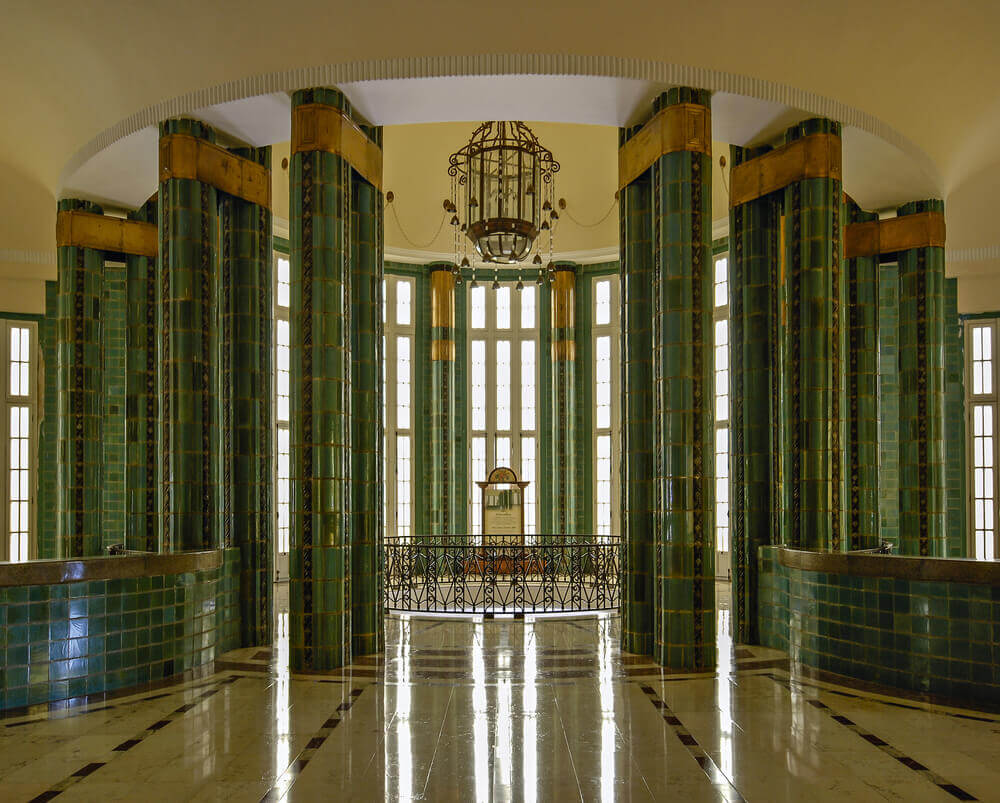
The Art Deco architectural style emerged in response to several cultures and styles. Based on designers, there has always been a slight variation; the Art Deco movement can be defined by the characteristics mentioned below:
- The basic elements of Art Deco are symmetry, aerodynamic curves, rectilinear geometry, intricate line art, and layered shapes.
- New-age materials and traditional ones such as stucco, terracotta and pigmented structural glass were used. The inclusion of such materials enhanced the historic style with the modern ones.
- Bringing sophistication to the structure was one of the major aims of Art Deco Architecture. The statuesque or Gothic theme was chosen to ornate detail on buildings. These themes also include sunbursts, gargoyles and chevron patterns, which enhance the overall appeal of the building.
- Vertical composition and sharp lines were prioritised functions on most Art Deco buildings.
- Geometric elements were a mainspring of the Art Deco style, which allowed juxtaposition between the framework and decorative elements.
Art Deco in Aamchi Mumbai- A Contemporary Fairytale
During the British Raj, the Indian statesmen, entrepreneurs and merchants welcomed Art Deco with open arms as an expression of warmth for contemporary living. The arrival of Art Deco shows an appreciation for modern aesthetics in terms of architecture. The emergence of Art Deco in Mumbai can be primarily seen in educational institutions, healthcare facilities, cinemas, apartments and social clubs. In addition, new architects from India started incorporating this architectural style with their aesthetics.
However, this evolution of Art Deco was subtly different from initial European influences. Art Deco’s expression spread greatly around the northern suburbs of Bombay, such as Matunga and Dadar. This style was also referred to as Bombay Deco and Indo-Deco. It also created a high-skill workforce in India, easing the architectural transition in the 1940s.
| DID YOU KNOW?Mumbai features the second largest number of Art Deco buildings after Miami! The New India Assurance Building, constructed in 1936, is considered the finest Art Deco building! |
Examples of Art Deco Projects in Mumbai
The below-mentioned listicle features prominent Art Deco buildings of Mumbai:
Metro Cinema, Dhobi Talao
The Metro Cinema of Mumbai is one of the most iconic Art Deco buildings, also as Celluloid capital’s movie theatres. Even today, the structure is preserved as it belongs to the Art Deco Grade II (since 1938) and still owns its original Art Deco facade. Metro-Goldwyn-Mayer (MGM) carried out the construction of this stunning Art Deco project. Later, the Gupta family took over the building in the 1970s. Currently, the interiors have been modified according to modern multiplex requirements. However, the facade is untouched to remind movie buffs about Mumbai’s cinema history.
Eros Cinema: Churchgate
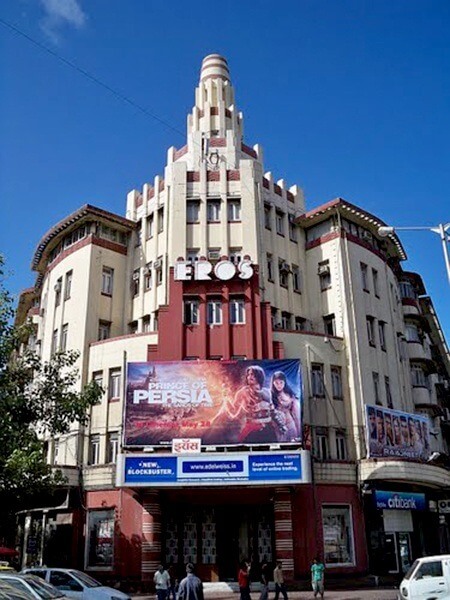
Churchgate has already been a tourist hotspot for several reasons. One of the prominent tourist attractions is the iconic Eros Cinema building. The beige-coloured wings of this building meet the facade at the centre of the structure with red sandstone. This Art Deco building was established in 1938 on Backbay Reclamation. Eros has always been a legendary theatre designed by Sohrabji Bhedwar.
New India Assurance Building: Fort
This build has made a global image due to its astonishing design. It was constructed in 1936 using the RCC (Reinforced Cement Concrete) frame, featuring two classical-style sculptures resembling warriors with crowns and swords. N. G. Pansare created this architectural masterpiece. These sculptures on its facade made the building stand out compared to other Art Deco buildings.
Soona Mahal: Marine Drive
Marine Drive and Mumbai’s life are synonyms as it is one of the most happening places in the city. Marine Drive features this awe-inspiring Art Deco building constructed in 1937 by a prominent businessman named Kaswaji Fakirji Sidhwa. Not only capital but emotions were invested while constructing this iconic structure. He named this Art Deco building after his beloved wife Soona Bai Kawasji Sidhwa.
Empress Court: Vile Parle West
Empress Court is an architectural marvel, inspired by the contemporary automobile of that era. This structure came into existence between 1936-38. The Mehta family bought the property in 1960 from a Parsi family. Currently, it serves as the residence of the fourth generation of the Mehta family.
Art Deco and India – The Symphony of Symmetry
Although Mumbai features the largest collection of Art Deco buildings, it is not limited to the borders of this city.
Sardar Samand Lake Palace: Jodhpur
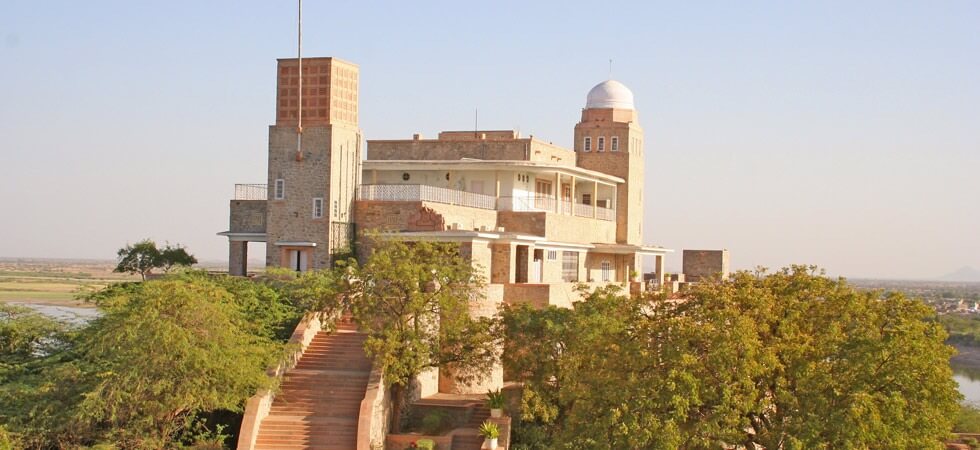
The structure is extravagantly spacious and lavish, leashed with artistic paintings and African trophies. Moreover, you can see a blend of Rajasthani and western elements all over the facade of this Art Deco building.
Raj Mandir Cinema: Jaipur
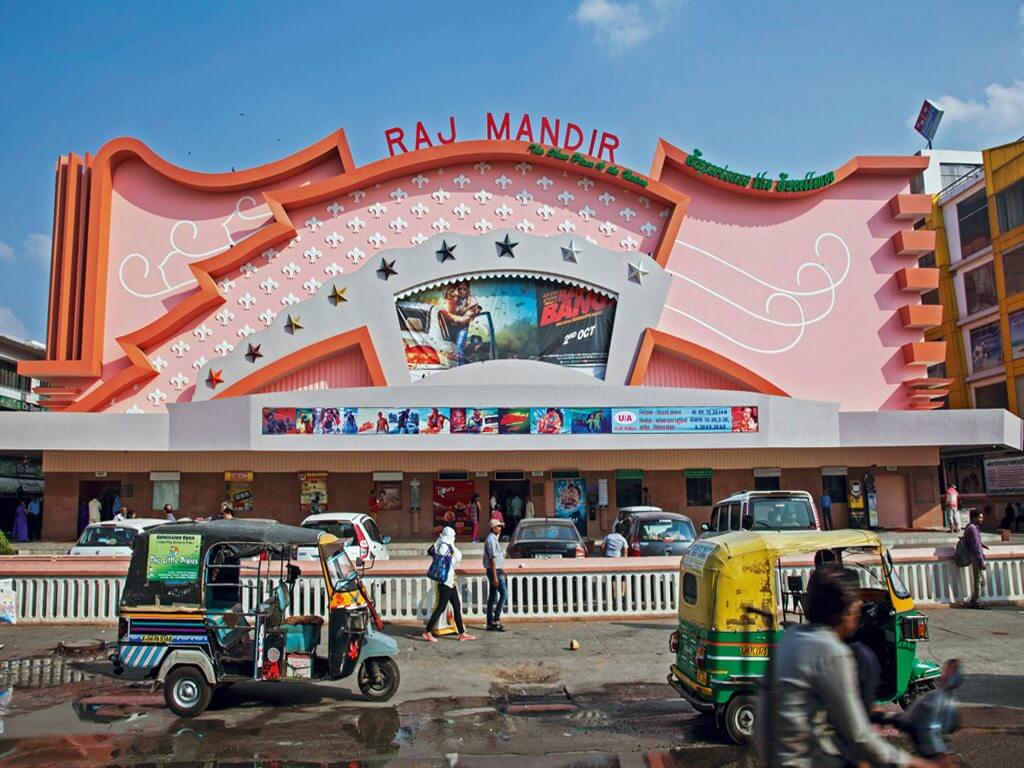
W.M. Namjoshi designed this magnificent meringue-shaped auditorium. The hall is also famous for its lighting (colour-switching lights), which enhances the overall ambience. Inside the premise of the hall, you can witness lavish chandeliers and custom-made woodwork with glass inclusion.
Art Deco – A Letter to Mumbai from Bombay
Art Deco and architectural intelligence are synonymous. The butterfly effect of this remarkable architectural style can be seen in Mumbai. The amount of detailing and effort, such as its rich material, ornamentation, and exquisite craftsmanship, is unmatched by any other architectural style. However, the same characteristics led to its decline due to The Great Depression (1929) in the US and eventually reached Europe.
It revitalised architecture during the 1960s with the emergence of the consumerist culture. The structures still stand proud with the same facade and the essence of architecture.
Frequently Asked Questions (FAQs)
From where did Art Deco originate?
Art Deco architecture originated in France in the mid-to-late 1910s.
What are the elements of Art Deco architecture?
There are several basic elements of Art Deco architecture, such as aerodynamic curves, symmetry, intricate line art, rectilinear geometry and layered shapes.
Does India have Art Deco architecture?
Yes, there are multiple Art Deco architectural buildings in India. Moreover, Mumbai features the second-largest Art Deco buildings in the world.


